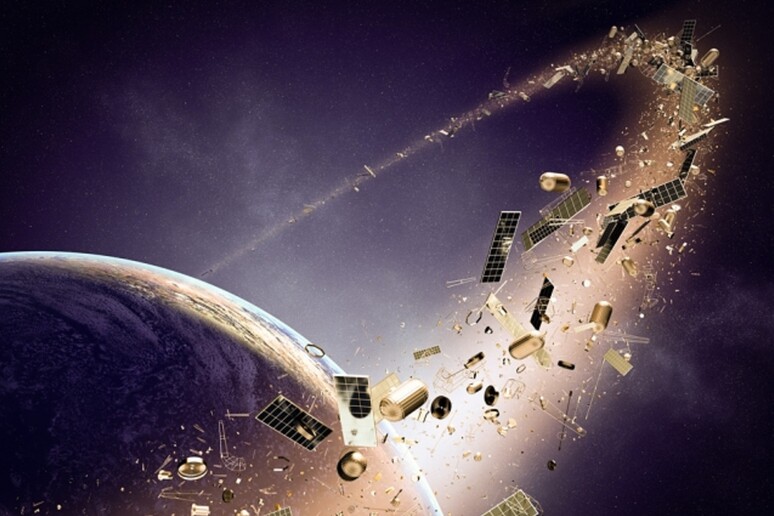A new report by the Space Debris Office of the European Space Agency (ESA) presented recently at a conference in Bonn showed that the amount of space debris continues to increase inexorably. Roughly 1.2 million pieces of space junk are floating in Earth’s orbit, about fifty thousand of them measuring more than a centimeter. While that may sound small, such pieces could still cause damage to satellites, spacecraft and space stations given that it travels at extremely high speeds of up to 28,000 km/h (17,500 mph). Specifically, these are fragments of man-made objects orbiting the Earth such as parts of satellites, rockets and other space equipment that are no longer in use or have disintegrated due to collisions or explosions. These are composed mostly of aluminum, Teflon and titanium.
To solve the debris problem, ESA has launched the Zero Debris Approach program to develop technologies to be applied for debris mitigation and removal and by improving space traffic monitoring and surveillance. Experts hope to achieve these goals by 2030. “We are aiming for rules that compare to every national park on Earth,” says Holger Krag, ESA’s Head of Space Safety. “What you bring in you must take with you when you leave.” The agency has beefed up the debris mitigation requirements governing its missions – from construction to flight and ultimately disposal of materials – and will apply the standard to any other entity collaborating with it.
Operating since 2017, the goal of the ESA annual report is to collect data on the space environment to determine whether international debris reduction measures are having a positive impact in the space environment to make it safe and sustainable.
The European Space Agency report states, “The significant effect of such events highlights the importance of measures taken at the end of a satellite or launcher’s life that reduce this risk. This includes techniques to ensure that there is no residual fuel or battery charge that could lead to explosions and the safe removal of satellites from main orbits.” Indeed, when one considers that as of today there are at least 6,000 satellites in orbit from Elon Musk-owned Starlink satellites alone, the consequences of impacts could be serious.
From the report, however, there is also a positive finding, but one that seems to be insufficient to solve the problem: for space launchers, the number of controlled reentries has recently increased from 2024, surpassing uncontrolled reentries, that is, those that leave no debris behind. “Despite improved mitigation efforts, the lack of compliance and cleanup meant that 2024 saw a net growth in the space debris population,” the report points out. “If we extrapolate current trends into the future, as before, the numbers of catastrophic collisions could increase significantly.“












